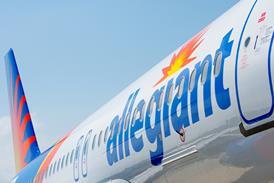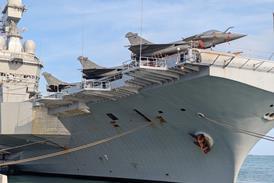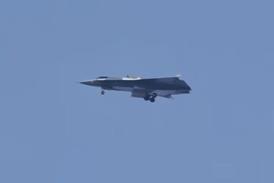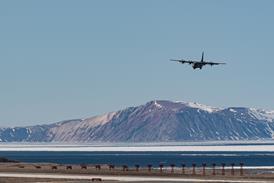Few details have emerged as to the catalyst behind the US FAA's order to deactivate chemical oxygen generators in aircraft lavatories.
The chemical nature of the generators and the privacy afforded by the lavatory cubicle might suggest a potential security threat, and sources familiar with the situation have told ATI that the directive, originally issued in February, is considered security-sensitive.
But there is no evidence of a specific incident having prompted the decision. The US FAA simply states that the design of the generators present "a hazard that could jeopardise flight safety".
The directive ordered the deactivation or removal of oxygen generators in lavatories in short- and long-haul aircraft - although certain types, such as the Airbus A380, are not affected. The A380's design features use of gaseous oxygen supply in these zones.
Oxygen generators typically comprise a canister with a trigger pin, which is released when the passenger tugs the attached face-mask.
This action discharges a small detonating percussion cap - featuring the explosive lead styphnate - which then supplies an initiating energy to a mix of chemicals inside the canister.
The chemicals typically include sodium chlorate as an oxidizing core, which starts decomposing after being heated by the percussion cap, reducing to sodium chloride and liberating the excess oxygen as gas. The internal mix also includes barium peroxide and potassium perchlorate.
This chemical reaction is highly exothermic, generating temperatures of 200-250°C, and produces oxygen for about 15min.
Oxygen-rich enclosures would aid the development of fire, while continuous generation of oxygen from a canister would be likely to sustain a blaze. Oxygen generators are considered hazardous cargo, and were determined to have been the source of the fire which destroyed a ValuJet McDonnell Douglas DC-9 in 1996.
Following the directive, there will be greater emphasis on cabin crew to check lavatories in the event of depressurisation.
While the European Aviation Safety Agency has not adopted the FAA directive, the source states that this is due to the situation not falling under EASA's mandate. But it is being handled by European authorities at national level.
Source: Air Transport Intelligence news























